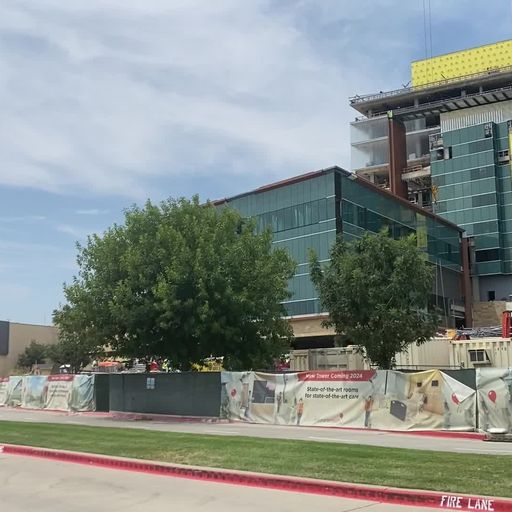Throughout October and November, Children’s Health has experienced a growing trend of RSV cases across the nation.
During the week of Oct. 1, Children’s Health saw 125 cases systemwide of RSV. By the end of the week of Oct. 26, that number had increased to 291. During the week of Oct. 29, 382 cases. By Nov. 12, 549 cases. By Nov. 19, 501 cases.
RSV, or respiratory syncytial virus, is a common virus that causes cold-like symptoms.
“RSV causes what we call bronchiolitis, which is different than bronchitis,” said Andrew Gelfand, chief of pulmonology and sleep medicine at Children’s Health and a clinical professor at UT Southwestern. “The difference is that bronchitis is an infection or inflammation in the large airways, and RSV affects the bronchioles, which are the smallest airways of the lungs.”
While older children or adults who have RSV may experience moderate cold-like symptoms, young children with prior lung challenges and infants can have severe or life-threatening reactions to the virus.
“The airways in young infants are so small that any amount of inflammation can have a large effect on their ability to breathe,” Gelfand said. “When the small airways of an infant are inflamed, they swell and get clogged with mucus. Infants then have trouble getting the air out of their lungs, which can cause problems with oxygenation and significant wheezing.”
On top of cold symptoms, infants with RSV might experience coughing, wheezing, rapid breathing, runny nose or congestion, a fever, increased work of breath retractions (using neck and rib muscles to breathe), apnea and difficulty drinking.
RSV can be detected through a physical exam and/or a swab test.
“In infants with RSV, they typically begin having symptoms of a runny nose, congestion, and then cough and wheezing may begin,” Dr. Gelfand said. “They can progress to breathing hard and fast and sometimes retractions can be seen, which looks like their chest sinking in and their ribs coming and going with each breath, such as how it would look if someone had been running hard.”
If an infant is found to have RSV, the virus can be treated by clearing congestion, focusing on hydration, keeping the air most and relieving pain as needed. Children’s Health experts advise against over-the-counter remedies.
“The current recommendation is that if you have a child with a strong family history of asthma or the child has had wheezing in the past, you may try a breathing treatment and then re-assess the situation,” said Gelfand. “However, breathing treatments are not needed for the majority of babies with RSV.”
RSV can be prevented through an RSV antibody shot for babies up to eight months old. While there is currently a shortage for this shot, infants younger than six month and those who are at risk of severe RSV disease are being prioritized.
Those who are currently 32-36 weeks pregnant are also eligible to receive the maternal RSV vaccine to prevent severe RSV disease in infants. Most infants will only need either the maternal or infant vaccine, not both, according to Children’s Health.
Parents and guardians can also take precautions to minimize a child’s risk of exposure by keeping infants away from people who are sick, frequently washing their hands, avoiding large public gatherings during RSV season and keeping children at home who are sick.





